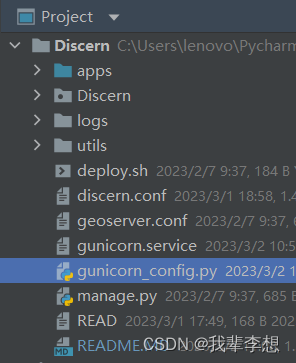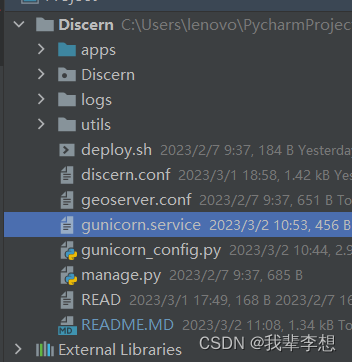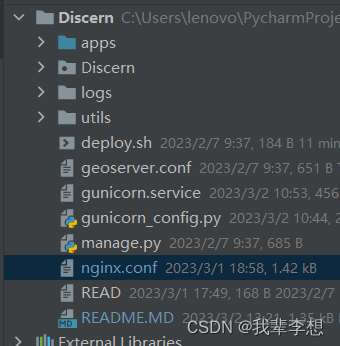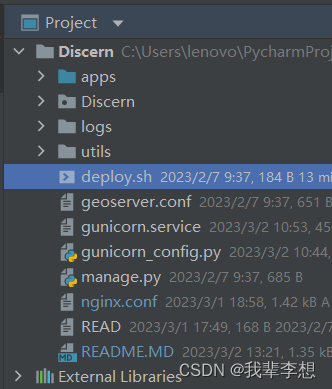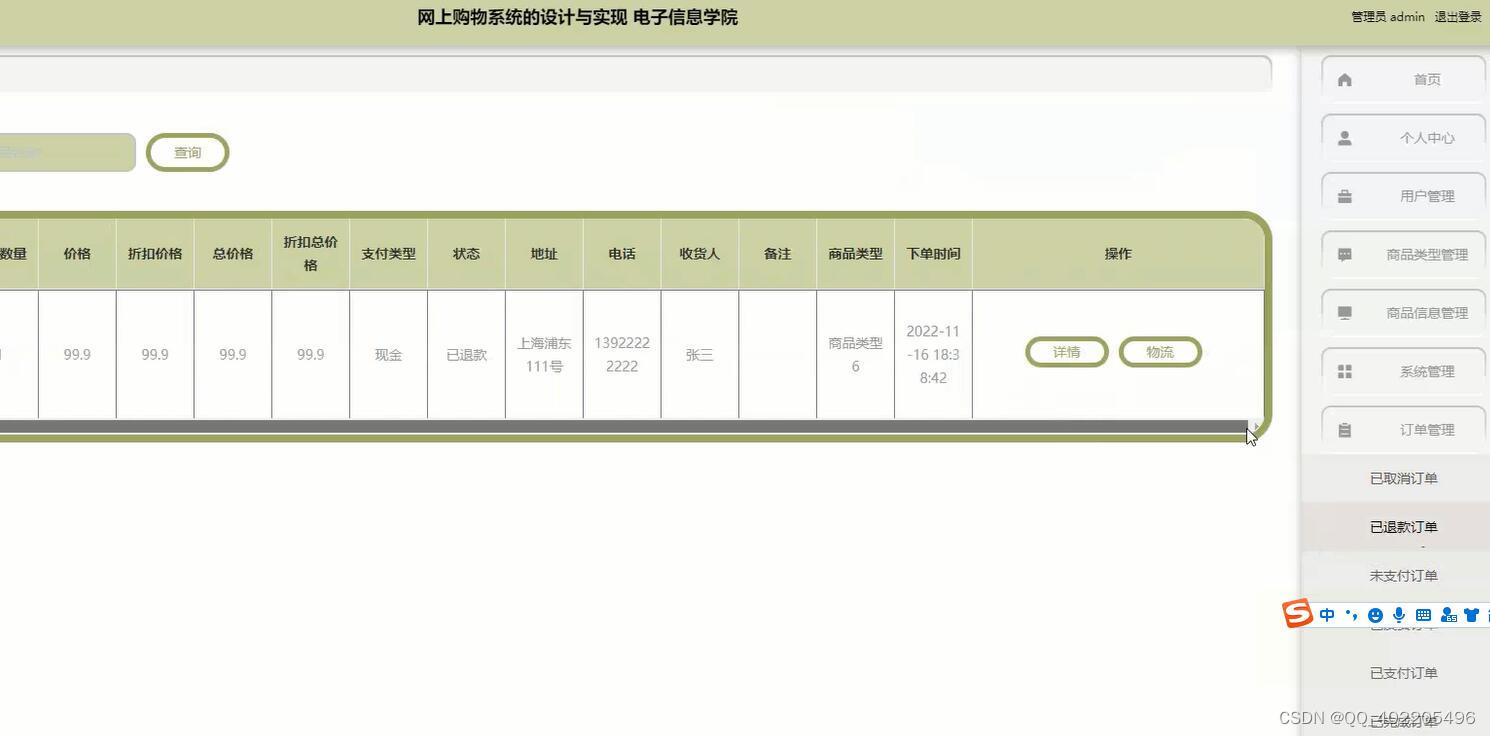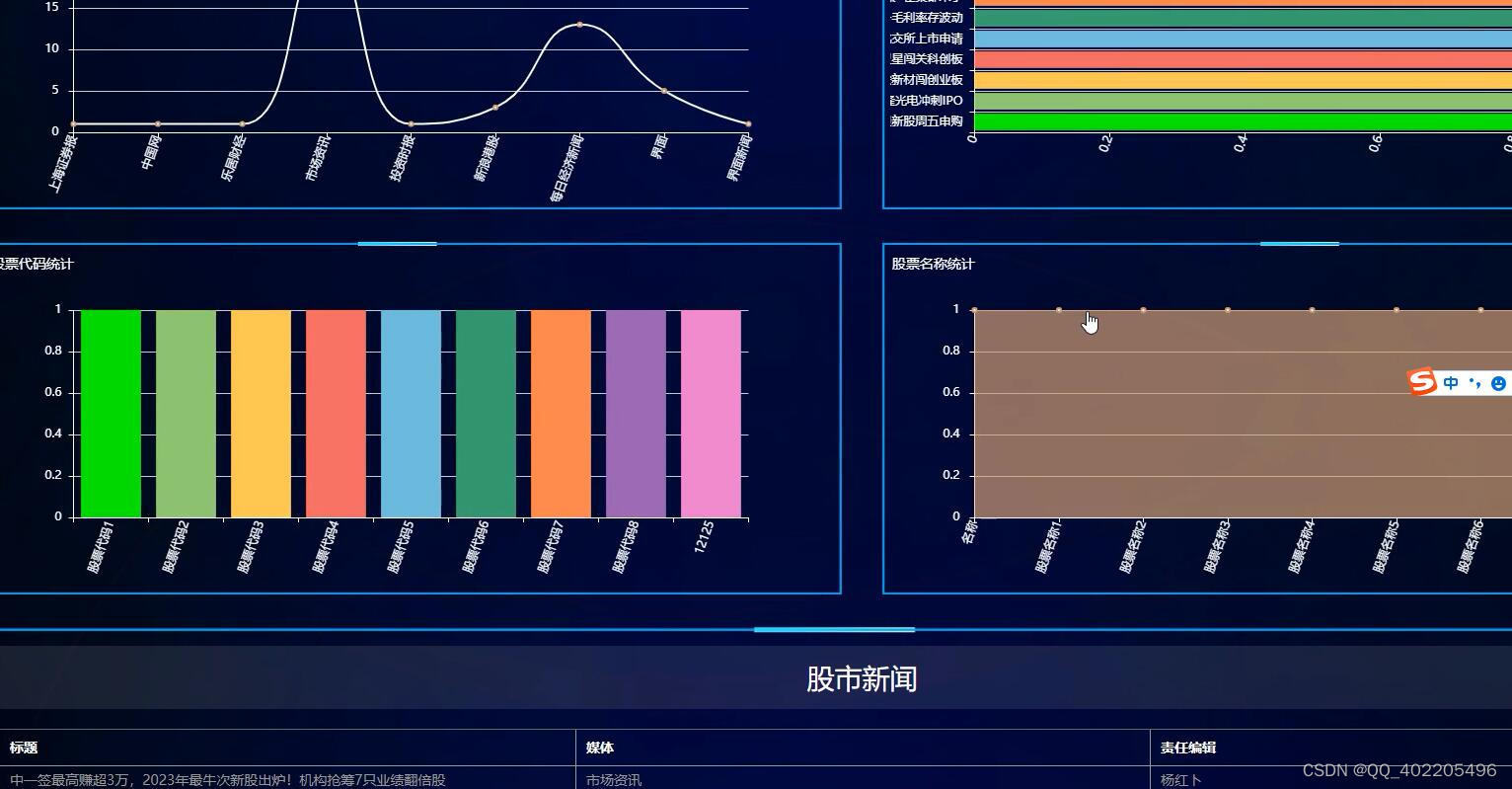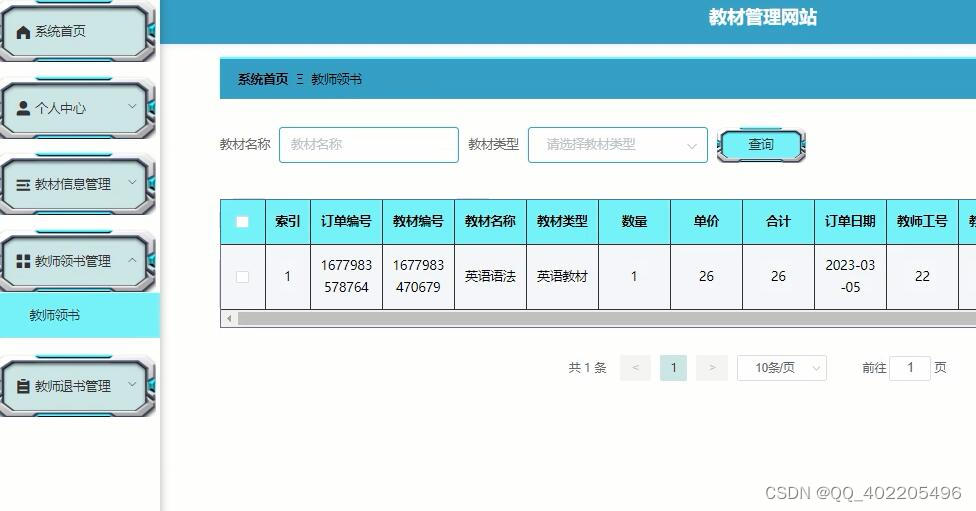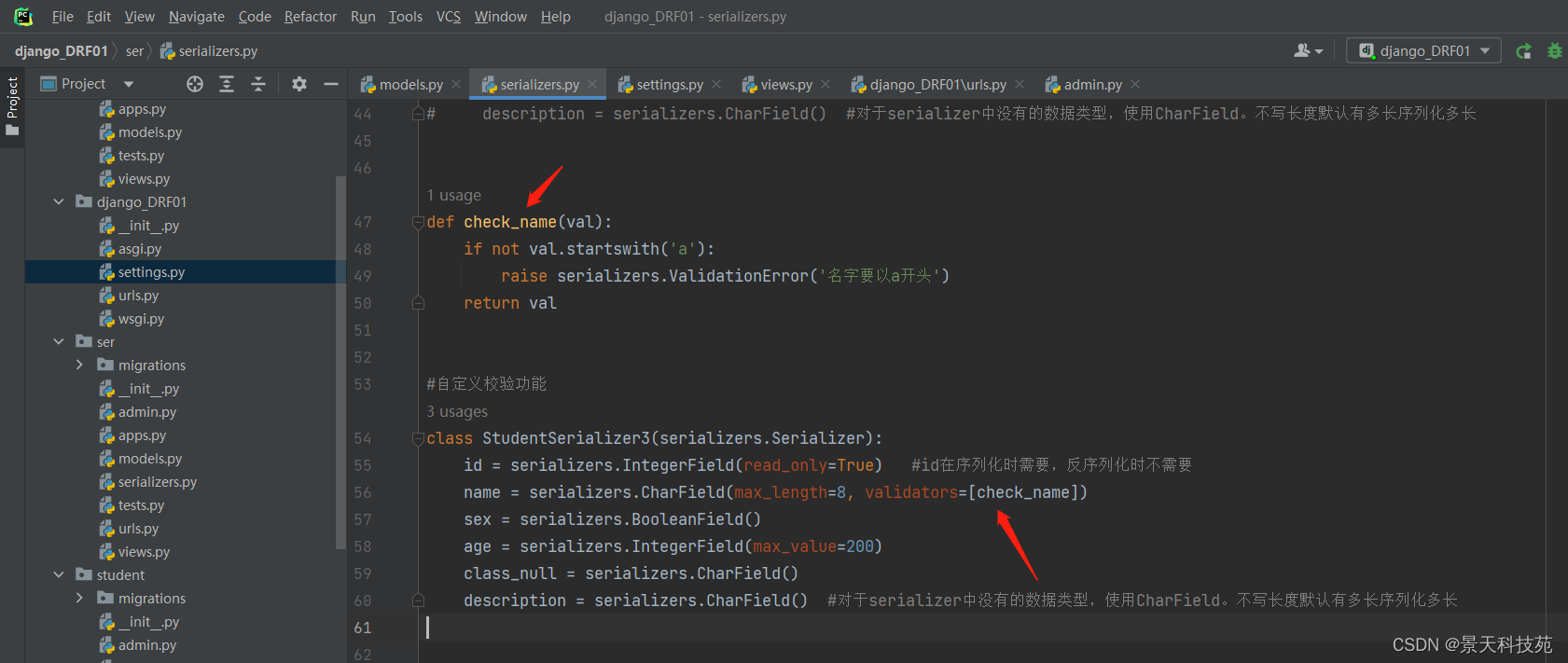本文介绍: Django程序有很多方式部署,不同系统采取的方式也不一样。使用gunicorn启动Django的服务可以提高并发能力。使用gunicorn部署django程序有很多方式,本片博客是本人用的比较多的方式,一键更新主要是为了节省时间。
Web服务部署
【Linux防火墙】网络ip和端口管理
Windows云服务器使用IIS搭建Python+Django+Mysql网站,以及如何部署多个网站
Windows+IIS部署多个Django网站
前言
Django程序有很多方式部署,不同系统采取的方式也不一样。使用gunicorn启动Django的服务可以提高并发能力。
一、Gunicorn是什么?
Gunicorn是一个 Python 的 WSGI HTTP 服务器。它所在的位置通常是在反向代理(如 Nginx)和一个 web 应用(如django)之间,支持eventlet也支持greenlet。
Gunicorn启动项目之后一定会有一个主进程Master和一个或者多个工作进程。工作进程的数量可以指定。工作进程是实际处理请求的进程。主进程维护服务器的运行。
二、Gunicorn基本使用
1.引入库
2.常用命令
gunicorn安装后,可以在命令行使用gunicorn的相关命令,gunicorn –h 可以看到全部命令参数和对应注释(英文)。命令及配置后边会用到,配置的内容有很多,参考Gunicorn-配置详解。
3.gunicorn快速启动
–w:是workers参数配置的简写
–b:是bind参数配置简写
projectname是项目目录中的项目文件,与manage.py同级
三、基于配置和服务Gunicorn启动django
1.创建gunicorn_config.py文件
在gunicorn –h命令中,参数配置很多,根据项目不同参数的使用也有差距,可以想象参数多的情况下,gunicorn 命令会很长。gunicorn 中有一个参数-c,这个参数允许我们编写config.py配置文件,通过命令gunicorn –c config.py启动。
2.创建gunicorn.service文件
三、Django项目一键部署
1.创建nginx.conf文件
2.创建deploy.sh文件
3.Linux部署Django项目
3.1 通过ssh连接至linux服务器
3.2 linux安装git、nginx
3.3 通过git clone 将代码拉取到/opt/目录
3.4 通过软连接建立gunicorn服务
3.5 通过软连接配置nginx
3.6 通过软连接建立sh一键更新
3.7 sh一键更换django分支项目
总结
声明:本站所有文章,如无特殊说明或标注,均为本站原创发布。任何个人或组织,在未征得本站同意时,禁止复制、盗用、采集、发布本站内容到任何网站、书籍等各类媒体平台。如若本站内容侵犯了原著者的合法权益,可联系我们进行处理。

